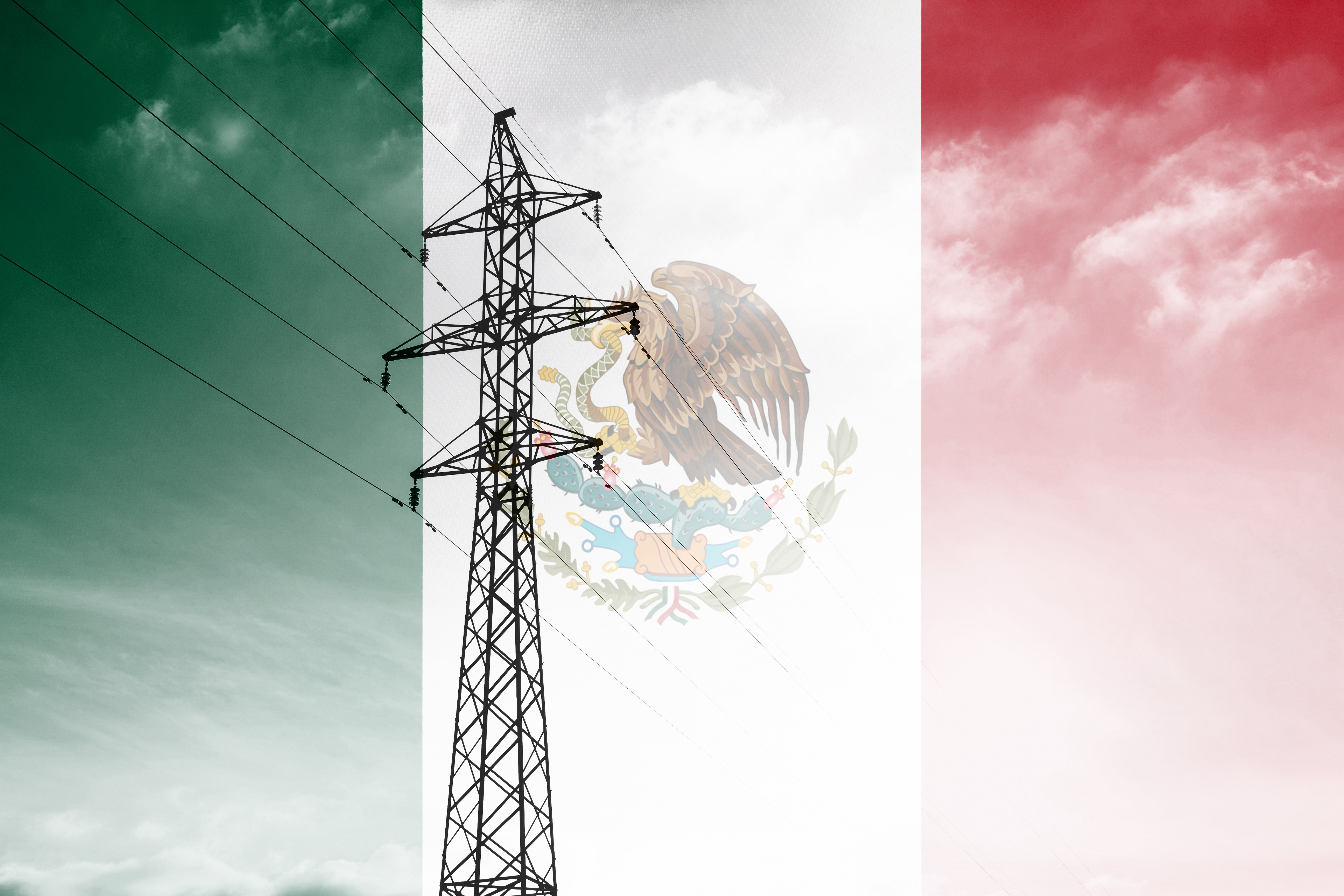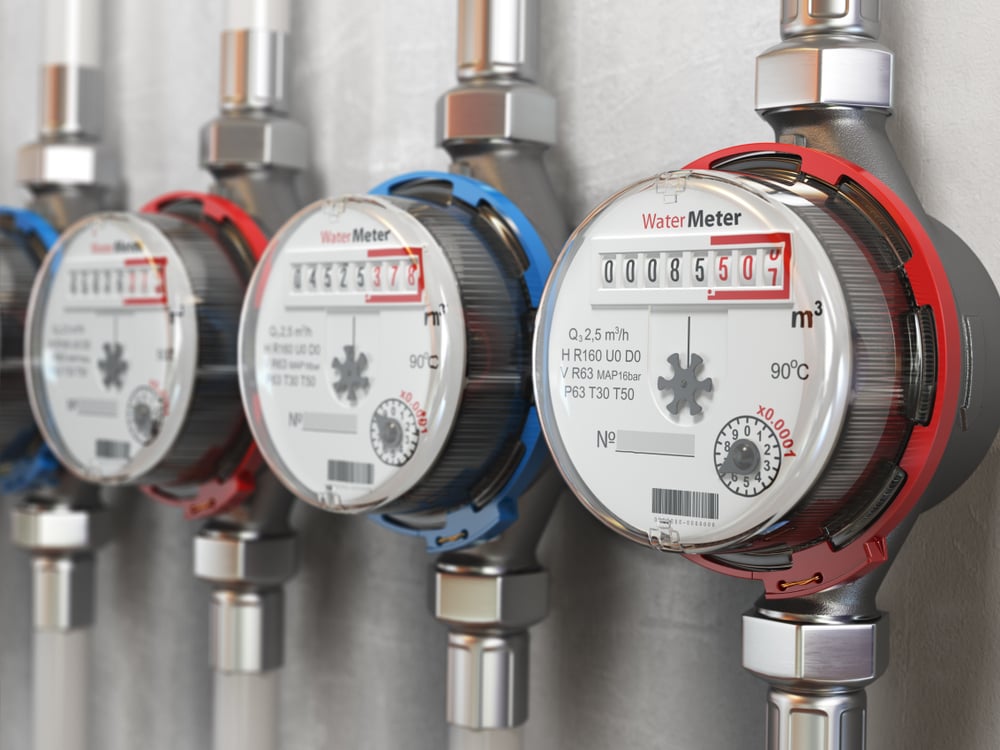Mexico offers significant low-cost manufacturing advantages, but only for manufacturing companies that develop an accurate cost analysis early in their site selection process. By considering all factors that impact operational costs—from
Utility costs play a pivotal role in long-term operational costs, so it’s important that any new facility knows local rates and infrastructure availability. In Mexico, industrial utilities’ rates are calculated in compliance with market fluctuations and environmental agreements and will vary across the nation. And in some cases, accessing utilities in Mexico may rely on the availability of the resource per person and how it is distributed.
By considering local utility rates and availability early in your site selection process, you can ensure that you reap the cost-saving benefits of manufacturing in Mexico.
Mexico’s electricity rates

The Federal Commission of Electricity (CFE) regulates electricity in Mexico through power purchase arrangements set up with private producers. Energy in Mexico comes primarily from oil and natural gas, although renewable resources are playing an increasing role in industrial energy production.
Electricity is charged per kilowatt, and rates fluctuate depending on the season and time of day. Power factors are calculated on a base rate, intermediate rate, and peak rate during specific times throughout the day and reflect the regional demand. These variations include:
- Base rate: 12 to 6 am.
- Intermediate rate: In the summer, 6 am to 8 pm and 10 pm to 12 am. In the winter, 6 am to 6 pm and 10 pm to 12 am.
- Peak rate: In the summer, 8 to 10 pm. In the winter, 6 to 10 pm.
Today, electricity rates in Mexico are fairly competitive with what manufacturers may find in most U.S. cities. On average, clients who operate in Tetakawi’s industrial parks pay about $0.11 USD per kWh. This rate includes demand charges, time of use, and power factor charges. In some cases, manufacturers may find they are subject to a one-time fee of approximately $100 USD per KVA for peak demand above 200 KVAs, as levied by the Comisión Federal de Electricidad (CFE).
Listen to this podcast to learn more about Mexico's electricity rates:
Energy reform in Mexico
While energy reform in Mexico is in flux, many manufacturers are opting to take matters into their own hands. By adopting energy efficiency measures and committing to carbon footprint reductions, manufacturers are able to better control and lower their overall energy costs.
For example, Bayer de Mexico, part of the global pharmaceutical and life sciences company, receives its electricity through a 15-year power purchase agreement with a wind farm in Santiago. The PPA is expected to provide renewable energy to Bayer de Mexico’s four plants and 23 operation centers.
As part of its carbon reduction program, Eaton’s Vehicle Group built its manufacturing facility in Aguascalientes, Mexico, with environmentally-focused features, including motorized windows for natural ventilation, reflective roofs for low solar gain, and a daylight harvesting system that uses natural light to minimize energy consumption. The lighting system is composed entirely of energy-efficient LEDs. And Bendix Commercial Vehicle Systems has committed to an upgrade of its Acuña, Mexico, facility that will reduce its CO2 consumption by 4% through lighting-efficiency upgrades, compressed air management systems, and an energy submetering system enhancement.
In some cases, states are incentivizing these upgrades to help companies get off the national electric grid. The state of Mexico’s Council of Chambers and Business Associations of the State of Mexico (CONCAEM) has partnered with the State Energy Commission to spur industrial decarbonization. An analysis developed by CONCAEM found that 24 percent of the state’s industrial organizations are exploring technology solutions to develop independent energy supply. Twelve percent aim to develop infrastructure to minimize intermittency and blackouts. Now, the state is looking for ways that it can support this work.
Natural gas utility rates and availability in Mexico
The cost of natural gas in Mexico varies with volume, but it's generally inexpensive and internationally competitive. Prices may average around $0.041 USD per kWh for businesses, compared to global averages of $0.107 USD per kWh. This rate includes taxes, fees, and other components of the gas bill. Connection fees may also apply, and, in some cases, manufacturers may find they must pay to increase supply to their building.
Rather than focusing on costs, manufacturers should evaluate sites based first on the availability of natural gas. While many regions of Mexico are well-supplied, some regions lack access entirely. Even within supplied regions, it's possible to find certain cities or specific industrial locations without gas service. By comparing your projected energy needs with available infrastructure, you can develop a complete picture of potential future costs.
Water utility rates and availability in Mexico

In most municipalities, water costs around $0.007 USD per gallon. Depending on the region, the utility may also charge a percentage for sewer usage. In addition to these standard calculations, special water usage may carry an added fee.
The bigger issue to address is availability. Water distribution systems in Mexico are not centralized, so any company looking to manufacture in Mexico independently will want to ensure that water infrastructure is available near their preferred site location. While utilities reach into most urban areas today, some more rural locations may lack infrastructure.
Many companies address this issue by operating within an industrial park or manufacturing community. Many of these parks provide access to a private water treatment facility. Some manufacturing communities will help clients with more specialized needs, such as pumping stations and desalination plants.
More recently, declining water availability and drought have led to water accessibility challenges across northern and central Mexico. According to the 2019 Water Statistics in México report from the National Water Commission (CONAGUA), industrial water use accounts for approximately 12% of the total water consumption in Mexico. While this is less than the water-intensive agricultural and energy generation sectors, it’s still in heavy demand in areas where water is scarce. However, this is a negligible problem for manufacturers, as water reuse programs have been targeted to this sector for years. These programs provide stable access to water and can lead to significant cost savings.
Include accurate utilities data in your Mexico cost analysis
Understanding how electricity and water are distributed and calculated in Mexico is necessary to be in full control of your Mexico manufacturing costs. To get a complete picture of how rates and infrastructure availability vary across the country, consider working with a shelter service provider in Mexico. Tetakawi’s deep experience in bringing manufacturing operations to fruition has given us access to data and trends in the costs you’re likely to accrue.
To learn more, listen to our podcast, an Overview of Utility Costs in Mexico, or contact Tetakawi with questions.
Subscribe
Sign up and stay informed with tips, updates, and best practices for manufacturing in Mexico.







